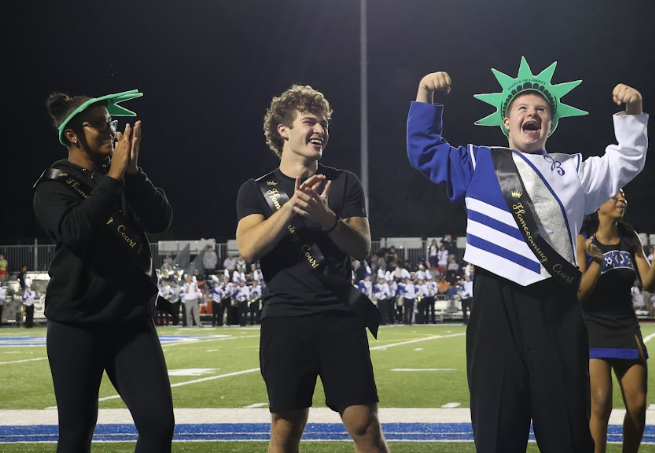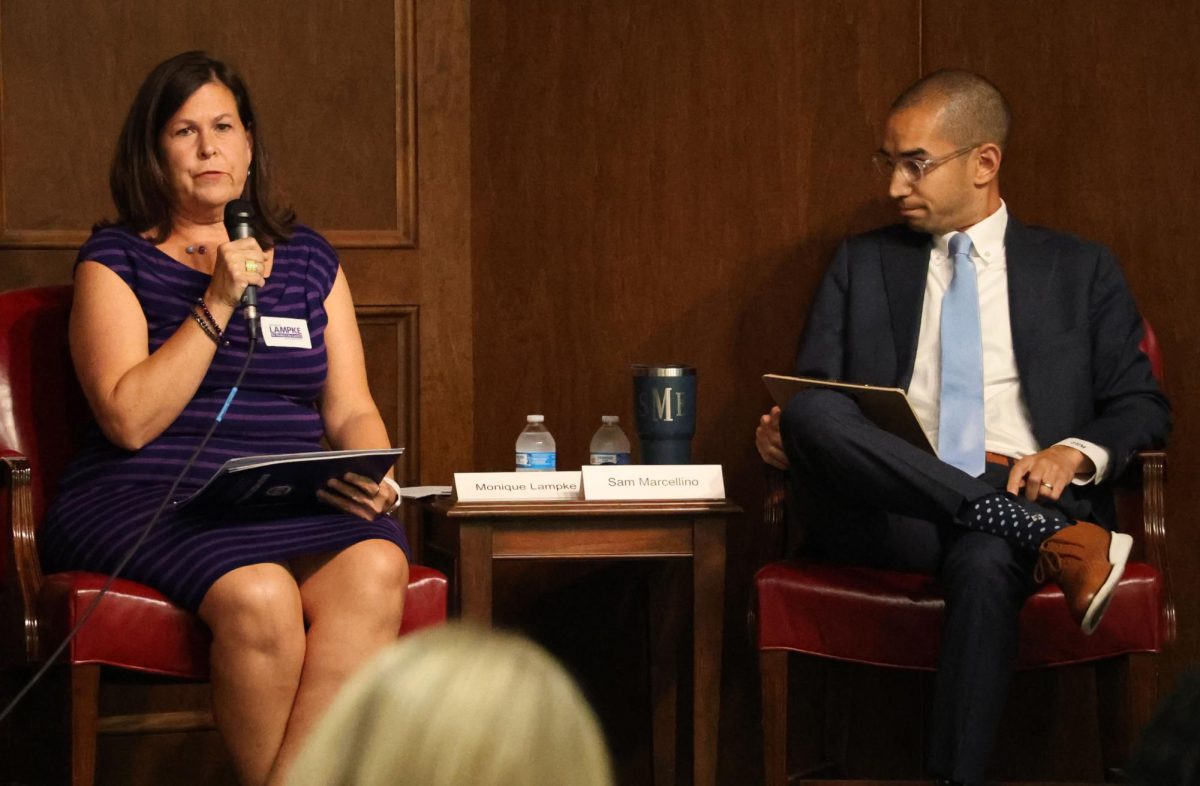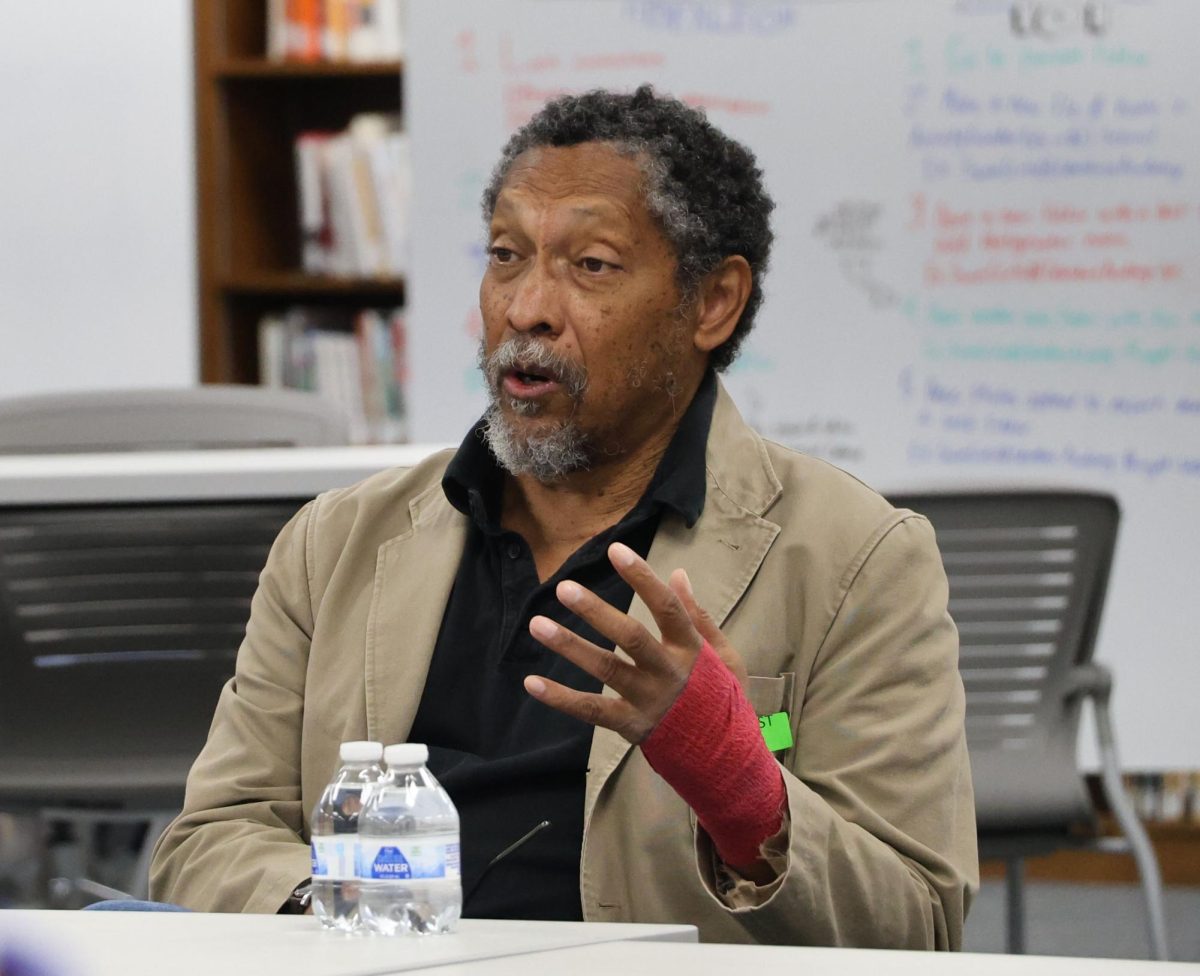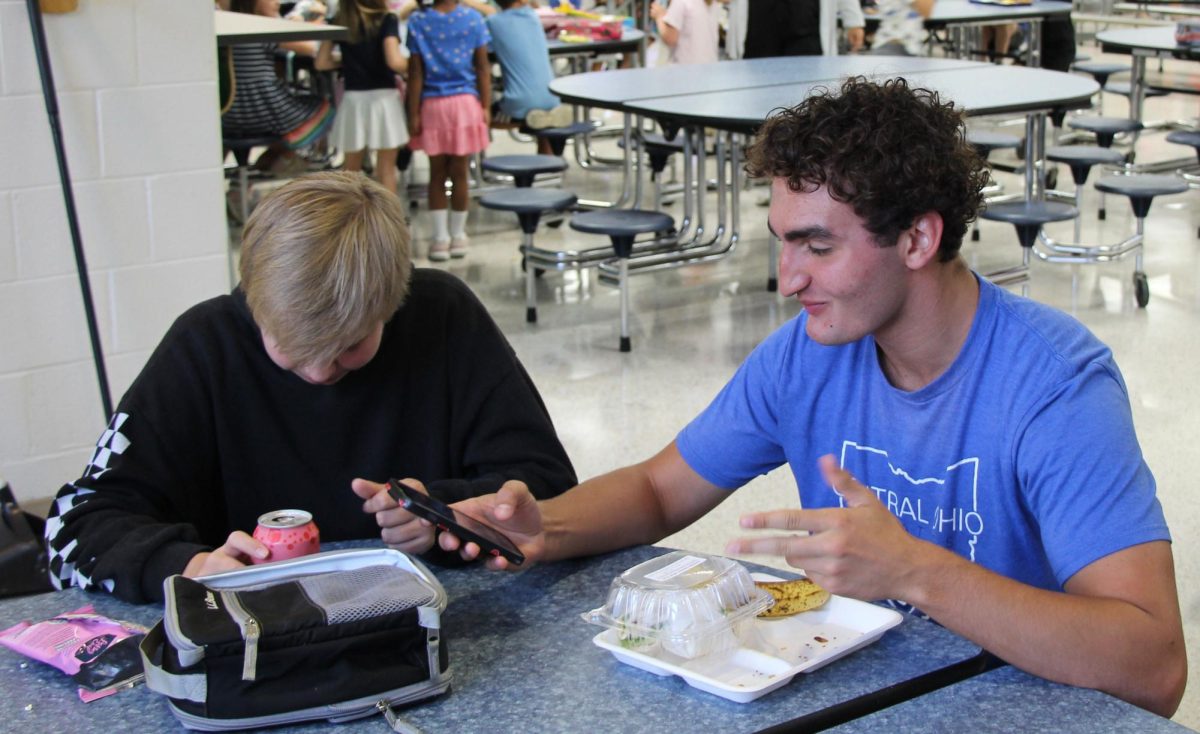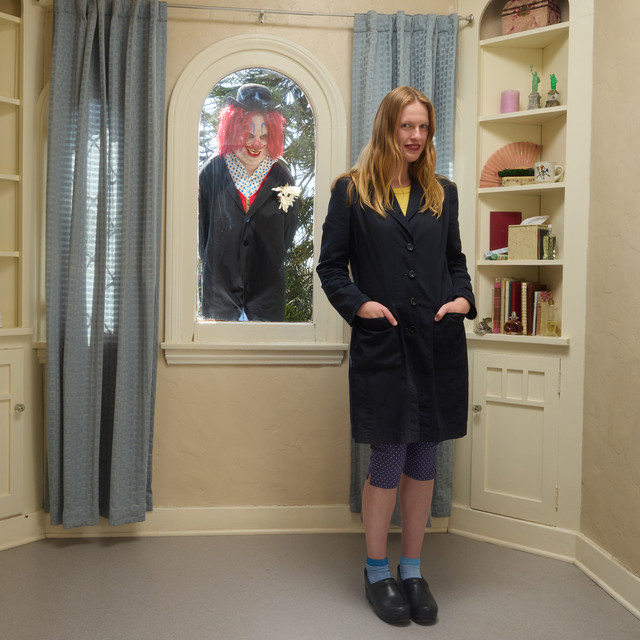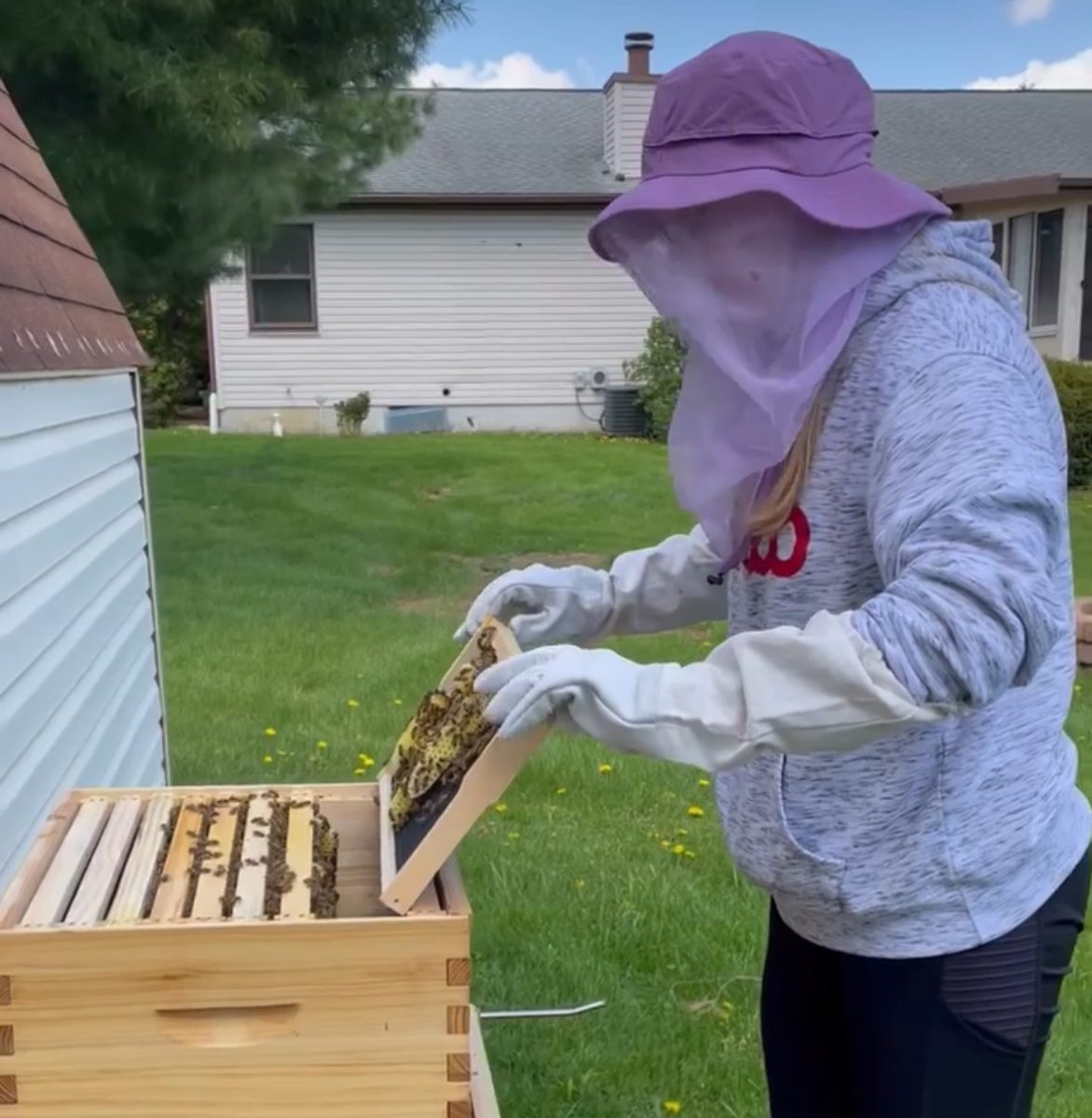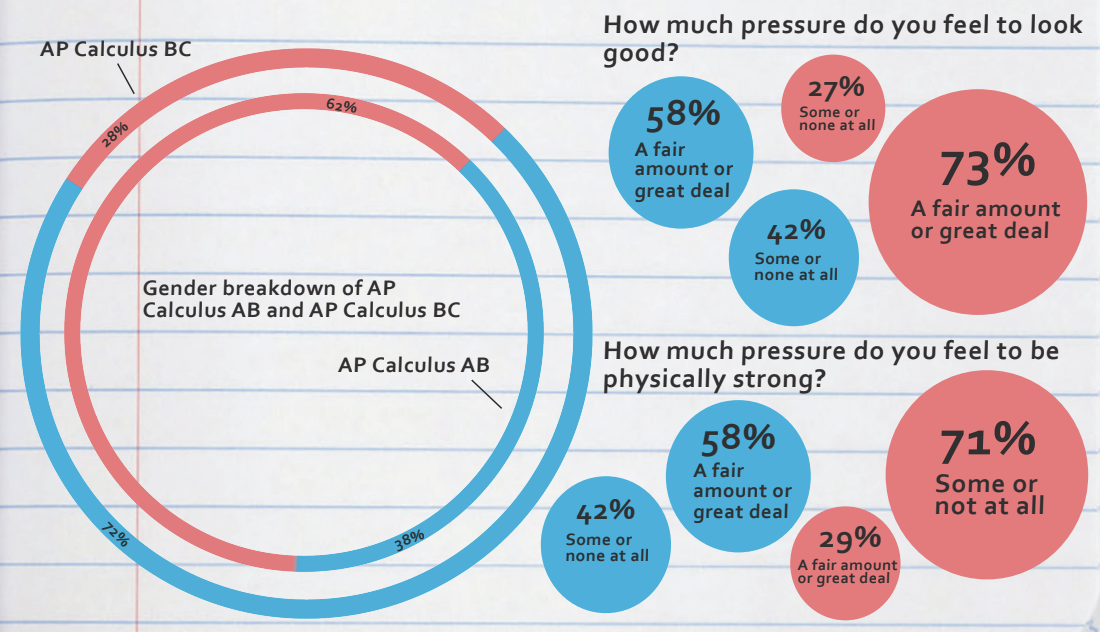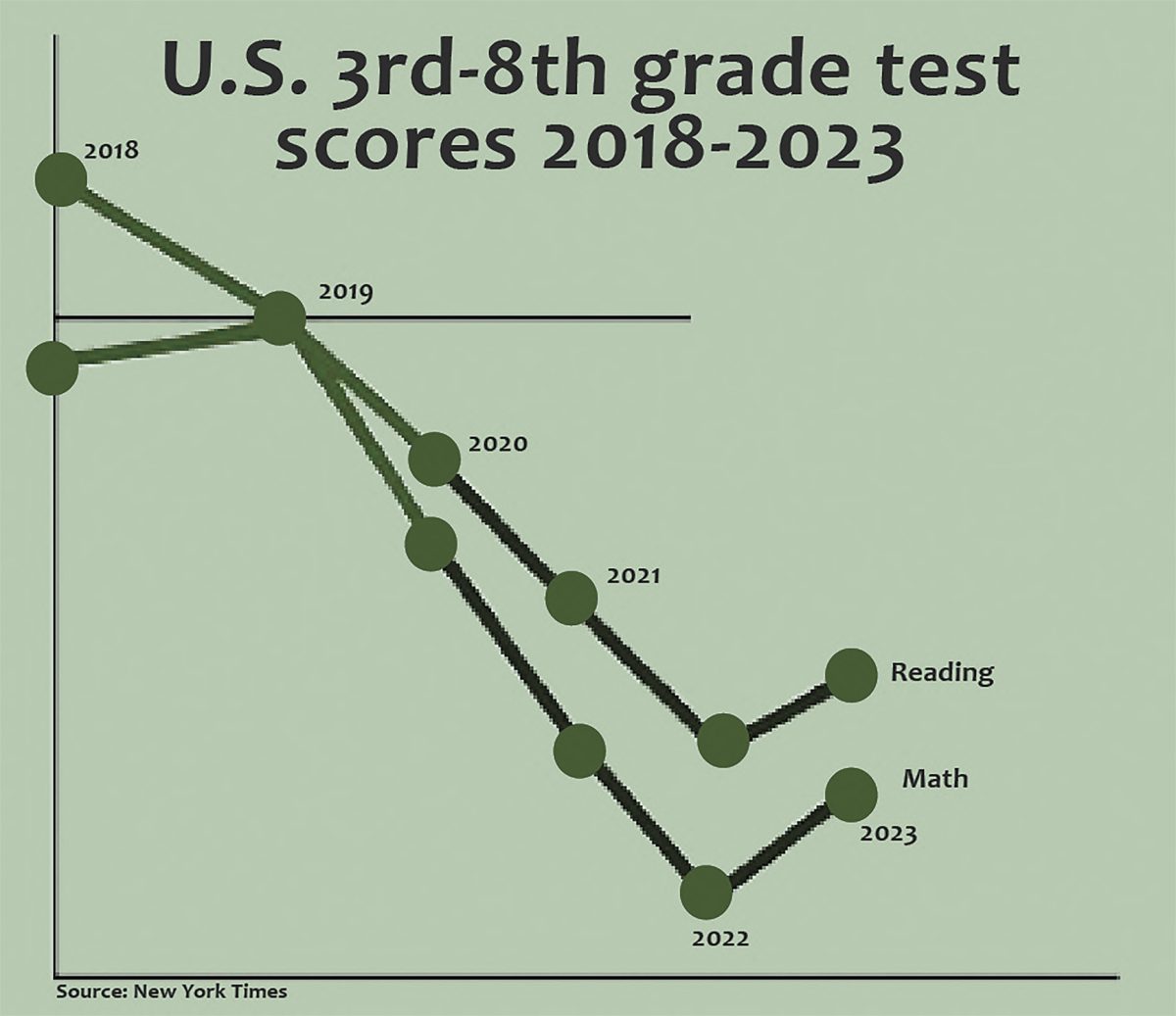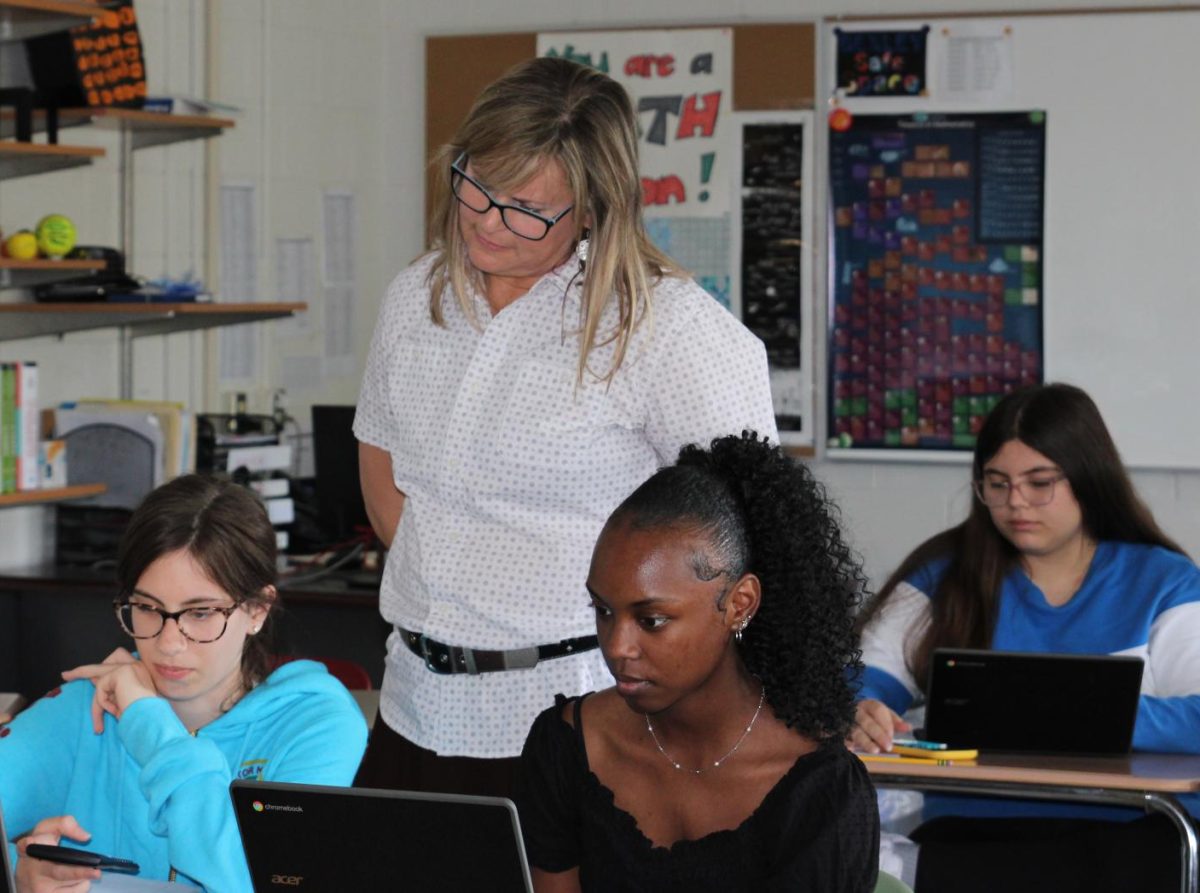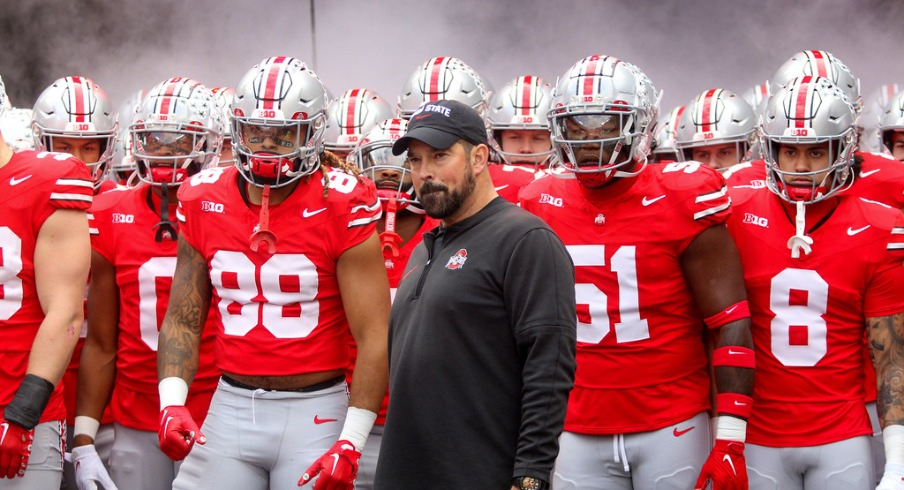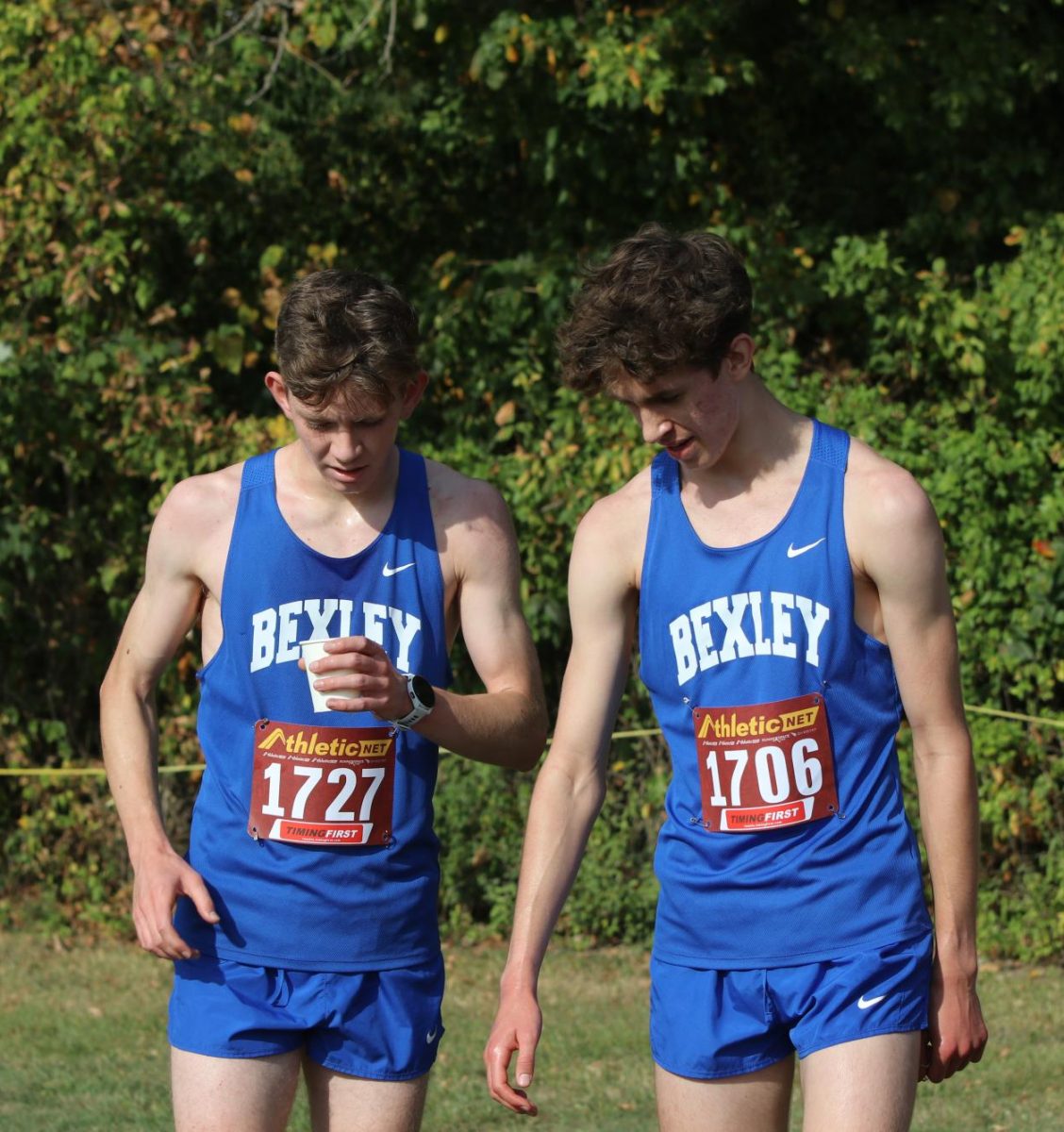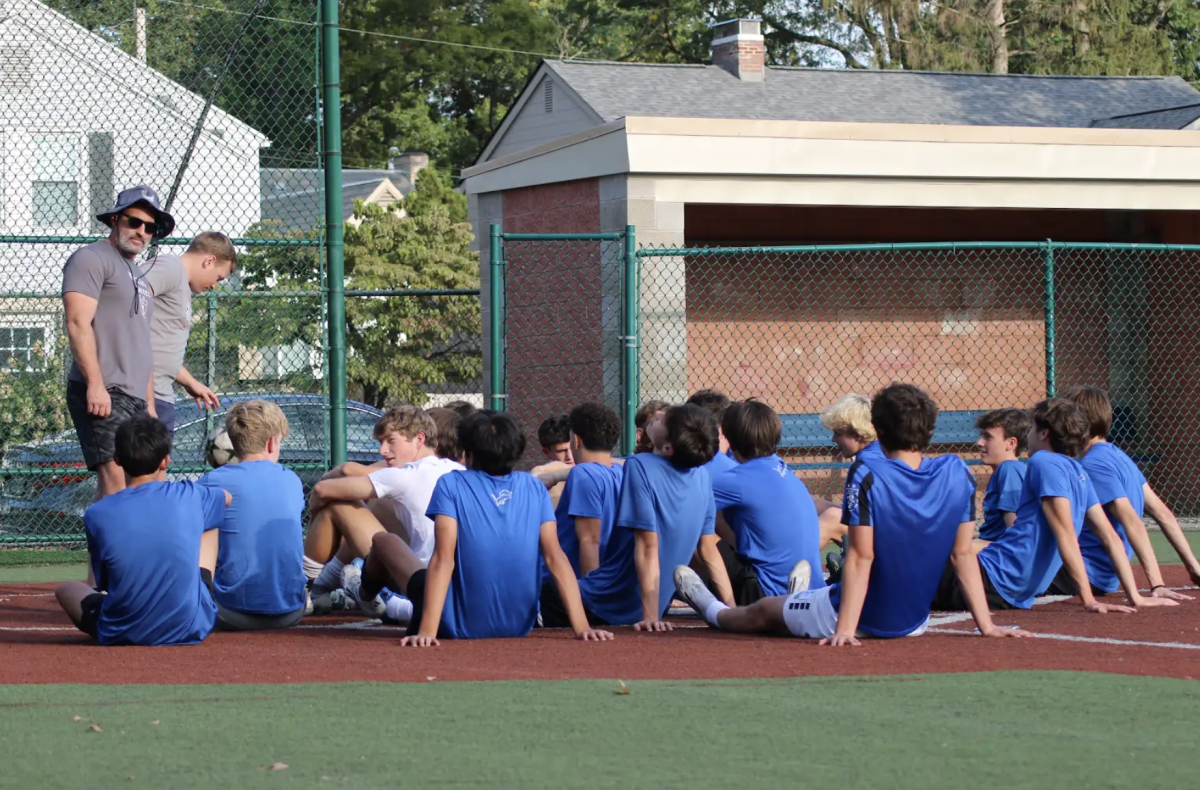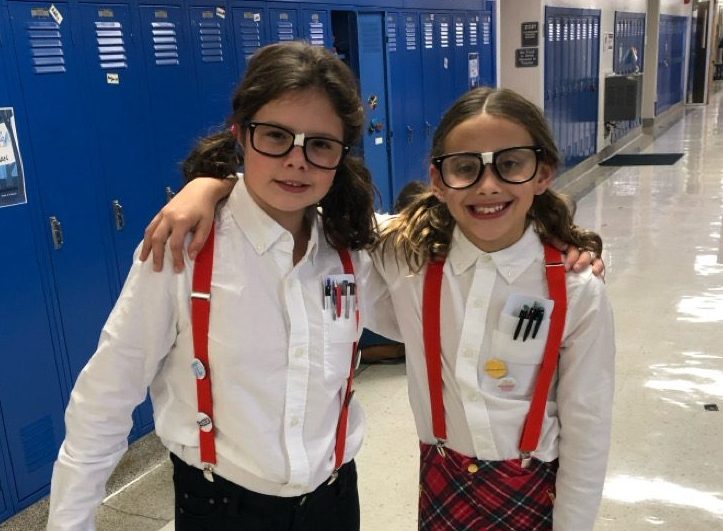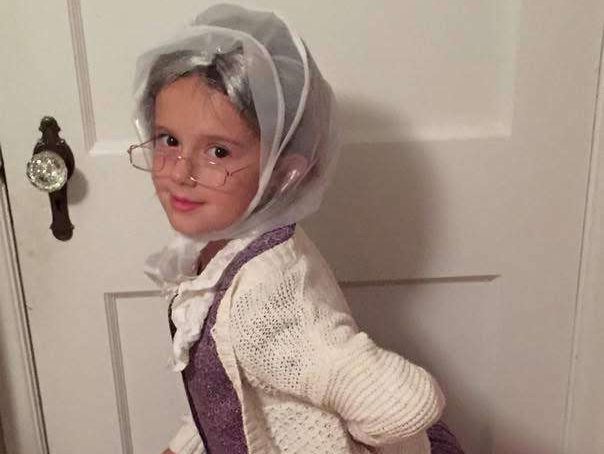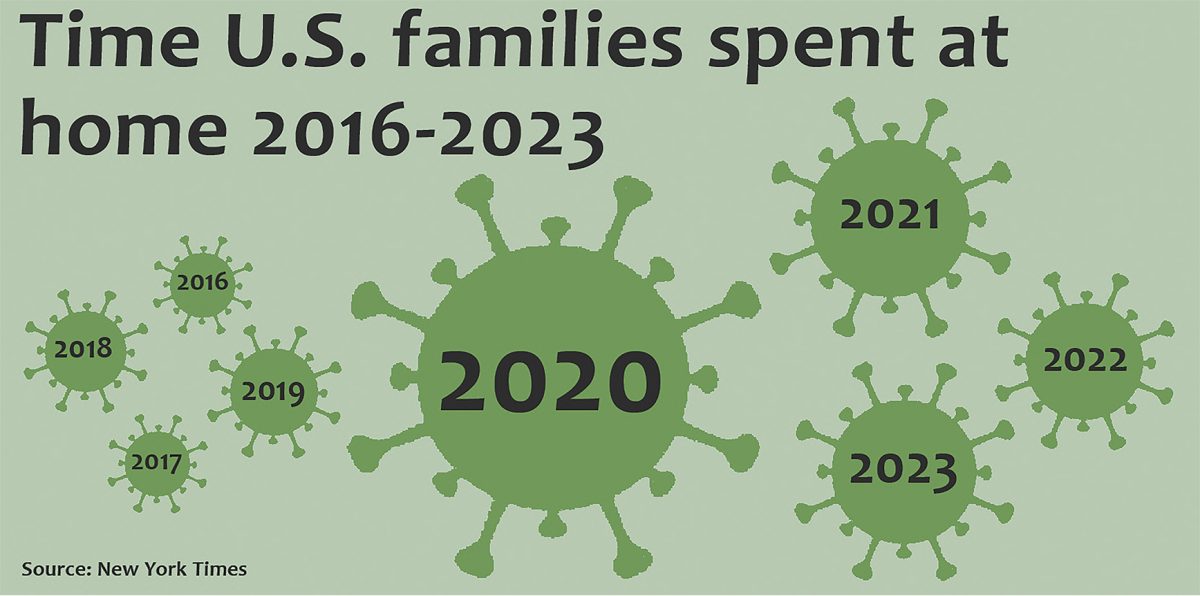Five years ago, the COVID-19 pandemic caused society to come to an abrupt halt. Businesses were closed, restaurants shut down and social distancing became the new normal.
However, in these unprecedented times, education was a constant, although it took several different forms. Students began spending their days on a computer, interacting with their teachers through video calls, and in person, they were forced to stay masked and socially distanced. As the months dragged on, the effects pandemic-era education would have on students became apparent.
Nationwide Children’s Hospital Clinical Counselor Kellen Weber said COVID-19 lockdowns caused children to become isolated from their surroundings. He added many children also missed key developmental stages they would typically reach in school.
Weber explained when returning to in-person school, many young children were not used to being away from their parents, which caused behavioral issues.
Cassingham fifth grade teacher Ann Conrath said she had difficulties making connections with new students during distance learning because it was harder to get to know them.
“The biggest thing about starting a school year is establishing relationships with your students,” she explained. “I knew right away it would be hard to do over a camera when they’re at home.”
Conrath added she had trouble enforcing rules, and many students were not engaged when they were learning at home.
“I remember lots of students who would be in their bed, lying down with the lights off,” she said. “It was clear they didn’t have a place set up to do school.”
Kelly Stevelt, mother of Montrose elementary students Claire and Sloane Cantrell, said online learning made school less engaging for her older daughter, Sloane, than for Claire, who attended kindergarten in person.
“Her sister had a lot of fun with arithmetic and math in kindergarten and first grade,” she explained. “For Sloane, it wasn’t as fun because it was a lot more of doing worksheets at home versus doing things in a classroom with a teacher.”
Fourth-grader Sloane Cantrell said it was more difficult to learn during the pandemic without traditional schoolwide events and daily interactions with other students.
“In kindergarten and first grade, we would have done buddies, but we missed out on a lot of those activities, which I feel like bums a lot of people out,” she explained. “It was harder to write and spell because I wasn’t in a classroom like my sister.”
Cantrell added hybrid learning caused her to feel more disconnected from her school and students.
“We did half days, so in the first half there would be some kids and then in the second half there were others,” she explained. “Some of us didn’t know each other.”
Conrath explained many of her students struggle with staying focused, which she attributes to distance learning.
“They don’t seem to have the attention span to stay within a lesson for any length of time,” she said.
Conrath said many of her students experienced a dip in academic achievement during the pandemic, particularly in regards to standardized testing scores.
“We didn’t test in 2020, but in 2021, our first state tests back were definitely lower than normal,” she explained.
Conrath added she believes other districts may have had worse academic performance following the lockdown, but the parental support many Bexley students had during the pandemic set them apart.
Sixth grader Brynn Jackson said she felt the work her teachers assigned during virtual learning was relatively easy.
“I would basically get all of my work done by lunchtime,” she explained.
Jackson added her parents gave her additional activities to supplement the lack of instruction during school.
“My mom would make schedules for us,” she said. “We would watch educational shows, or play Legos and do math workbooks.”
The effects of online learning are also seen in high school students. Senior Natalie Hoy said she was homeschooled during the pandemic due to her parents being immunocompromised.
“I was very behind in math,” she explained. “I walked in freshman year and realized I didn’t know any of it.”
High school students are also experiencing the effects of COVID-19 while applying to colleges. According to FairTest, 1,075 schools did not require an SAT or ACT test score to be submitted before the pandemic, whereas in the fall of 2024, 2,025 schools were test optional.
Hoy said schools becoming test optional is beneficial to seniors who are applying to college.
“It was a weight lifted off my shoulders because I knew it’s not the end of the world if I do bad on the ACT,” she added.
English teacher Jamie Hayes said because students did more independent work during the pandemic, they have become more experienced with technology.
“My freshmen now are so tech savvy,” she explained. “They really know how to navigate Canvas and Google well because they had to be on a computer at such a young age.”
Hayes added the pandemic shifted her teaching style, as she now focuses more on ensuring all students can be successful. She explained during the pandemic, she had students read one fewer book so they could spend more time on each one, a change which she has kept.
“It caused me, as a teacher, to think about what was most important in my curriculum,” she said. “Slowing down has been nice.”
Published April 2025. Digitized 2025.

